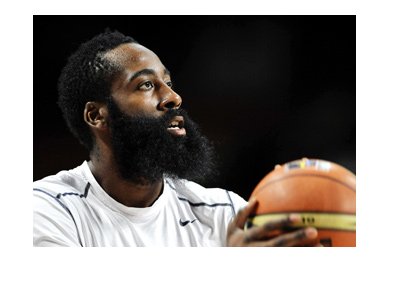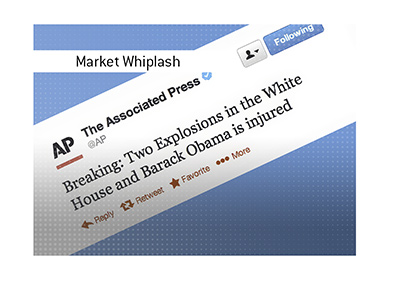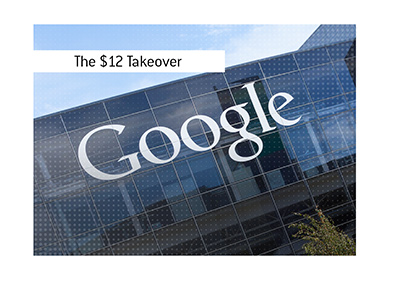How Was James Harden Able To Sign a "Supermax Contract?"
 In July of 2017, James Harden of the Houston Rockets signed a "supermax contract" via the Designated Veteran Player Extension. As part of the new NBA CBA (Collective Bargaining Agreement), teams will be able to dole out untold riches in order to keep their best players that were acquired via the draft, trade or assignment via amnesty waiver.
In July of 2017, James Harden of the Houston Rockets signed a "supermax contract" via the Designated Veteran Player Extension. As part of the new NBA CBA (Collective Bargaining Agreement), teams will be able to dole out untold riches in order to keep their best players that were acquired via the draft, trade or assignment via amnesty waiver. Let's take a quick look at James Harden's "supermax" deal and how it came to be:
What is the "Designated Veteran Player Extension"?
In order to help maintain parity in the NBA, the DVPE ("Designated Veteran Player Extension") allows teams to pay up to 35% of their salary cap to retain their best players who have seven or eight years or service with the club.
Players who are eligible for the DVPE are those who have never changed teams (except for trade) and meet certain criteria.
What are the criteria for receiving a DVPE?
Those who are eligible must have:
1) Seven or eight years of service in the league
2) Never changed teams except via trade or assignment via amnesty waiver
3) Been named to the All-NBA first, second or third team in immediately preceding season or in two of last three seasons
or:
b) Defensive Player of the Year
c) NBA MVP in one of last three seasons
James Harden qualifies by playing in the league for eight years, plus he was named to the All-NBA first team in 2016-17. This meant that Harden was eligible to sign the DVPE. Harden didn't start his career with Houston, though he was traded in 2012 to the Rockets, which means that he retained his DVPE rights as he was traded and didn't leave for Houston via free agency.
Didn't Harden sign an extension in 2016? Doesn't the NBA CBA forbid players from signing extensions in consecutive years?
Yes, but the CBA specifically grandfathered in James Harden and Russell Westbrook so that they wouldn't be punished for signing extensions in 2016. Both players, it was determined, were operating in good faith when they signed their deals, and the NBA and the Player's Union agreed that neither man should be punished.
What does Harden's extension look like?
Harden had three years left on his existing deal that he signed in 2016, including a player's option for the final season.
The DVPE allows players to add an additional four years to their deals if they have two years remaining on their existing contract, and five more years if they have one more year left on their deals.
In the case of Harden's deal, his player option year was thrown out and four more years (starting with 2019-20) were added to his deal.
Here are the numbers:
$28,299,399, 2017-18
$30,421,854, 2018-19
Extension Kicks In
$37,800,000, 2019-20
$40,824,000, 2020-21
$43,848,000, 2021-22
$46,872,000, 2022-23
How were these numbers calculated?
Under the terms of the Designation Veteran Player Extension, teams are able to pay out 35% of the projected salary cap in the first year that the extension kicks in.
The salary cap is estimated to be $108 million in 2019-20, which means that Harden is eligible for 35% of this number. This is what he will receive, as he is scheduled to receive $37,800,000 in the first year of his extension.
Why does Harden's contract continue to go up in the last three years of the deal?
Harden is a "Bird Rights" player, meaning that his team can annually increase his salary by up to 8% per year, per the terms of the new CBA. "Bird rights" players allow teams to exceed the salary cap in order to keep their best players.
This is why Harden will be receiving $46,872,000 per year by the time that the deal comes to an end, provided that he exercises his player's option in 2022-23.
Filed under: General Knowledge



